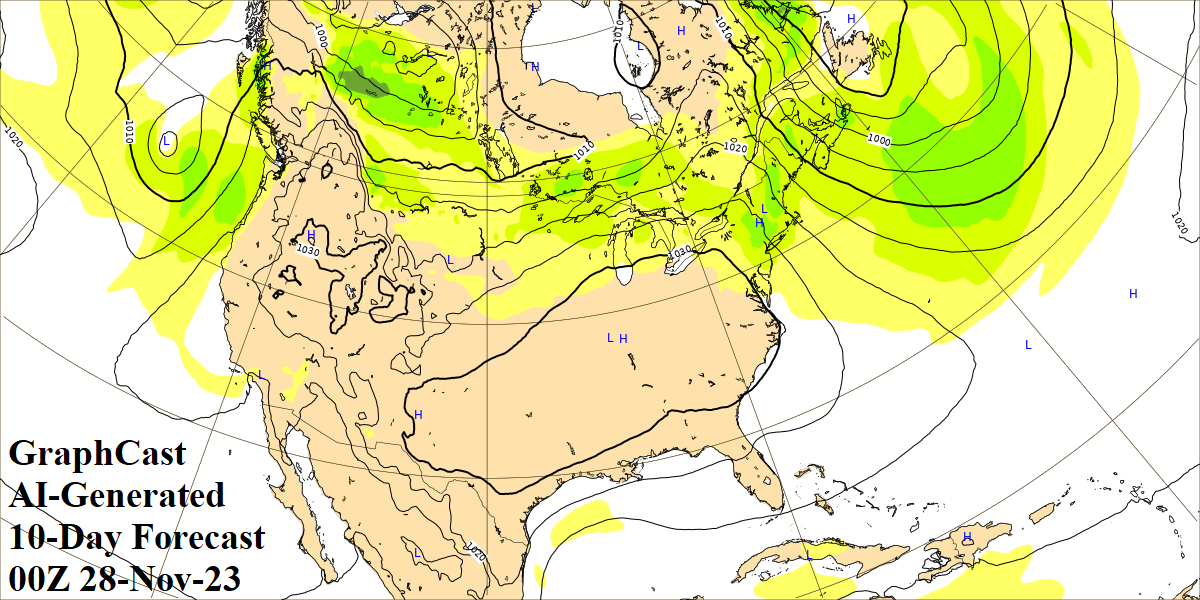
Climate Impact Company Research: Spot Check Comparing Graph Cast AI 10-Day Forecast with ECM and GFS
11/30/2023, 1:35 pm EST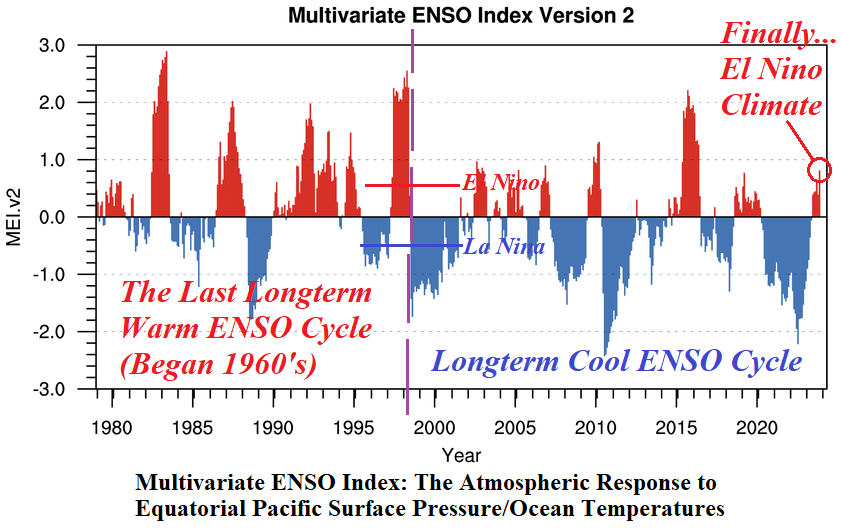
Finally, the global climate enters El Nino. What’s ahead in 2024?
12/14/2023, 2:04 pm ESTExecutive summary: Increasing requests by market interests for the winter (and summer) climate forecast for 2 years from now is becoming common. All Climate Impact Company clientele will be receiving these forecasts beginning in early 2024. Of interest, is the reasonable certainty by many dynamic and statistical ENSO phase forecast models that La Nina will replace the current El Nino during the last third of 2024. Consequently, a brief glimpse as to what to expect for winter 2024-25 temperature patterns in North America and Europe plus rainfall patterns for summer 2024-25 in South America and Australia is reviewed.
Discussion: The majority of dynamic and statistical Nino34 SSTA forecasts indicate El Nino 2023-24 peaks over the next 1-2 months and steadily weakens into mid-2024 to neutral phase possibly reversing to La Nina later in 2024. In fact, most NOAA Nino34 SSTA models indicate La Nina for the last 1/3 of 2024 (Fig. 1). The NCEP CFS V2 (model) indicates a vigorous La Nina for later next year.
Most of the stronger El Nino events (since 1950) have tendencies to reverse to La Nina later the following year (Fig. 2) with one notable exception (1986-88). In the modern climate era (1995-2023), strong El Nino is followed by strong La Nina the following year on 2 of 3 occasions (Fig. 3).
Using the modern-day analogs, what would DEC/JAN/FEB 2024-25 look like in North and South America, Europe, and Australia? To estimate the climate pattern, the modern-day analogs are used with increased weighted influence for the 2015-17 sequence due to presence of warmer mid-latitude oceans.
Results yield a warm in the East winter 2024-25 outlook in the U.S. identifying below normal heating demand for the high population of the Northeast/Mid-Atlantic/Ohio Valley markets (Fig. 4). Conversely, a rare colder than normal winter is projected for Europe (Fig. 5) further complicating the energy supply given the likely continuation of conflict nearby to that region. In South America, where agricultural markets are steadily increasing their importance to global supply, a dry climate is projected for Eastern Brazil (Fig. 6). There are drought concerns for Central and East Brazil now as summer 2023-24 begins. Finally, Australia is likely to see a return of the wetter than normal climate common during early this decade due to La Nina (Fig. 7).
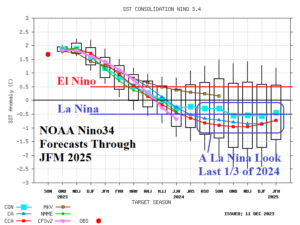
Fig. 1: NOAA Nino34 forecast models mostly indicate La Nina later in 2024.

Fig. 2: The strong El Nino events of northern hemisphere winter since 1950 and tendency to shift toward La Nina the following year.
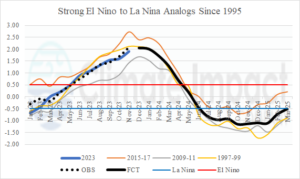
Fig. 3: The strong El Nino events of northern hemisphere winter since 1995 and tendency to shift toward stronger La Nina the following year.

Fig. 4: Based on an ENSO constructed analog, the temperature anomaly forecast for North America during DEC/JAN/FEB 2024-25.
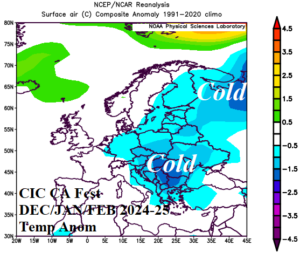
Fig. 5: Based on an ENSO constructed analog, the temperature anomaly forecast for Europe during DEC/JAN/FEB 2024-25.
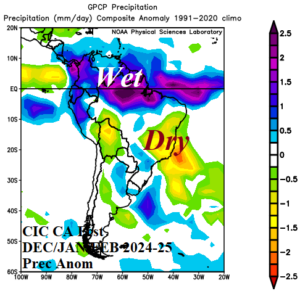
Fig. 6: Based on an ENSO constructed analog, the precipitation anomaly forecast for South America during DEC/JAN/FEB 2024-25.
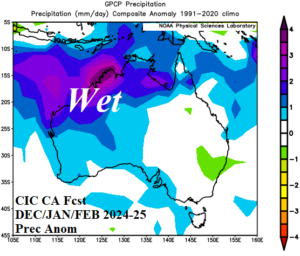
Fig. 7: Based on an ENSO constructed analog, the precipitation anomaly forecast for Australia during DEC/JAN/FEB 2024-25.
![Climate-Impact-Company-logo-sm[1]](https://climateimpactcompany.com/wp-content/uploads/2023/08/Climate-Impact-Company-logo-sm1.png)
